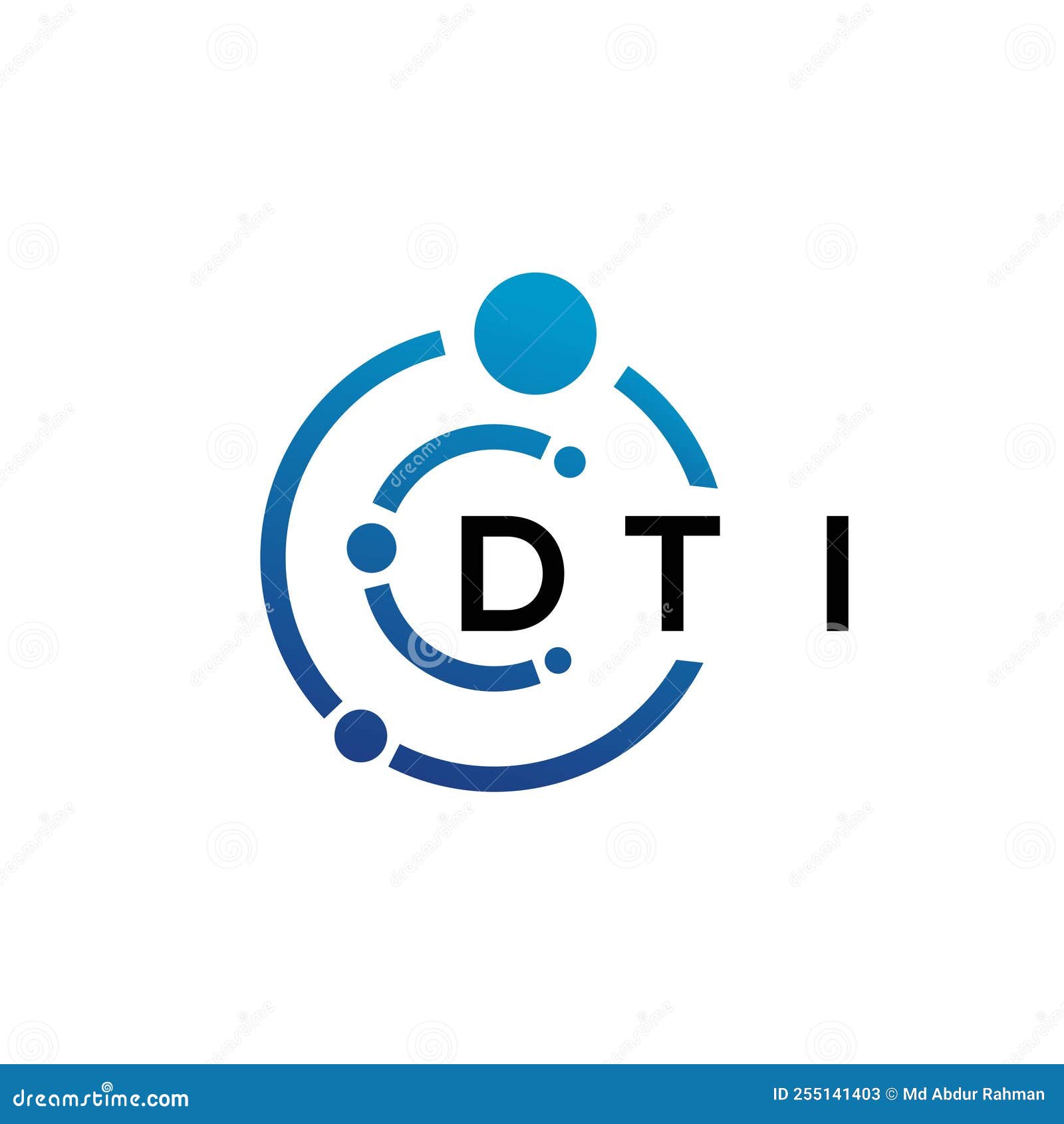1950 DTI: The Fascinating Journey And Its Impact On Modern Business
So, you're here to learn about the 1950 DTI. Well, buckle up, because this is going to be one wild ride through the corridors of history, policy-making, and modern business. If you're anything like me, the term "1950 DTI" might sound a bit technical or even intimidating at first glance. But let me tell ya, it's actually pretty dope when you break it down. This isn't just some random acronym; it's a game-changer in how businesses operate today. Think of it as the foundation that shapes the way governments interact with entrepreneurs, small businesses, and even multinational corporations.
Now, I know what you're thinking—why should I care about something from the 1950s? Great question! The truth is, the Department of Trade and Industry (DTI) back then laid the groundwork for how trade policies, business regulations, and consumer protections are handled today. It's kinda like the roots of a tree; you don't see them, but they keep everything standing tall. So yeah, whether you're running a startup or managing a Fortune 500 company, understanding the origins of DTI can give you some serious insights into the business world.
Before we dive deep, let's clear the air. This ain't gonna be one of those boring history lessons where you nod off after five minutes. We're going to explore the nitty-gritty details, uncover some fun facts, and even throw in a few modern-day connections. By the end of this article, you'll have a solid grasp of what the 1950 DTI was all about and how its principles still matter today. So, without further ado, let's get into it!
Table of Contents
- What is the 1950 DTI?
- Historical Background of DTI
- Key Functions of the 1950 DTI
- Regulatory Impact on Modern Business
- Economic Growth and DTI
- Challenges Faced by DTI
- Success Stories of DTI
- Future Directions for DTI
- Global Comparison of DTI Models
- Conclusion
What is the 1950 DTI?
Alright, let's start with the basics. The 1950 DTI stands for the Department of Trade and Industry, which was established in the early post-war era. Back then, the world was rebuilding after World War II, and countries were figuring out how to stabilize their economies. The DTI was basically the government's way of saying, "Hey, we need to focus on boosting trade, supporting businesses, and protecting consumers." It was like a one-stop shop for all things related to commerce and industry.
But here's the kicker—the DTI wasn't just about creating rules. It was about fostering an environment where businesses could thrive, innovate, and contribute to the economy. Think of it as the ultimate business coach, helping companies navigate the tricky waters of global trade and domestic markets. And guess what? That mission hasn't changed much over the years.
Historical Background of DTI
Let's rewind to the 1950s for a sec. The world was a very different place back then. Economies were recovering from the war, and there was a real push to rebuild industries, create jobs, and stabilize markets. The DTI was born out of this necessity. It was designed to be the bridge between government policies and the business community.
One of the coolest things about the DTI's history is how it adapted to changing times. From the industrial boom of the '50s to the tech revolution of the '90s, the DTI was always there, tweaking its strategies to meet the needs of the moment. It's kinda like a chameleon—always changing colors to blend in with the environment.
Evolution Over the Decades
Here's a quick rundown of how the DTI evolved:
- 1950s: Focused on rebuilding industries and creating jobs.
- 1960s-70s: Shifted towards modernizing infrastructure and encouraging innovation.
- 1980s-90s: Embraced globalization and helped businesses expand internationally.
- 2000s-present: Adapted to the digital age, promoting e-commerce and tech startups.
Key Functions of the 1950 DTI
Now that we've got the history out of the way, let's talk about what the DTI actually does. Its functions are pretty wide-ranging, but here are the main ones:
- Regulating trade and commerce: Making sure businesses play by the rules.
- Supporting small and medium enterprises (SMEs): Helping local businesses grow and succeed.
- Promoting exports: Encouraging companies to sell their products overseas.
- Consumer protection: Ensuring that people aren't taken advantage of by shady practices.
These functions might sound simple, but they're actually super complex. It's like juggling a bunch of balls while riding a unicycle—challenging, but totally doable with the right skills.
Regulatory Impact on Modern Business
So, how exactly does the 1950 DTI affect businesses today? Well, it's like the backbone of the business world. The regulations and policies set by the DTI shape everything from how companies operate to how consumers interact with products. For example, if you're running an online store, the DTI's rules on e-commerce can determine whether you succeed or fail.
And let's not forget about the global impact. As countries become more interconnected, the DTI plays a crucial role in ensuring that businesses can compete on a level playing field. It's like having a referee in a game of soccer—making sure everyone follows the rules and plays fair.
Examples of DTI's Influence
Here are a few real-world examples of how the DTI has made a difference:
- Supporting renewable energy initiatives.
- Promoting tech startups through grants and funding.
- Encouraging sustainable business practices.
Economic Growth and DTI
When it comes to economic growth, the DTI is a total powerhouse. Its policies have helped drive GDP growth, create millions of jobs, and boost exports. It's like the engine of the economy, keeping everything running smoothly.
But it's not just about numbers. The DTI also focuses on quality growth—ensuring that businesses grow in a way that benefits everyone, not just a select few. It's about creating opportunities for all, regardless of background or location.
How DTI Boosts Local Economies
One of the coolest things about the DTI is how it supports local economies. By focusing on SMEs and regional development, it helps communities thrive. It's like planting seeds in different parts of the country and watching them grow into lush forests.
Challenges Faced by DTI
Of course, no story is complete without a few challenges. The DTI has faced its fair share of obstacles over the years. From economic downturns to political changes, it's had to adapt to a constantly shifting landscape.
But here's the thing—the DTI doesn't just sit around and complain. It takes action. Whether it's revising policies, collaborating with other agencies, or seeking feedback from businesses, the DTI is always working to overcome challenges and stay relevant.
Success Stories of DTI
Now, let's talk about some success stories. The DTI has been behind some pretty amazing achievements over the years. From helping small businesses grow into global giants to supporting groundbreaking innovations, it's had a hand in some truly remarkable successes.
Take, for example, the rise of renewable energy. The DTI played a huge role in promoting clean energy solutions, helping companies develop cutting-edge technologies that are now used around the world. That's what I call a win-win situation!
Future Directions for DTI
So, where is the DTI headed in the future? Well, with the rapid pace of technological change, globalization, and climate concerns, the DTI has its work cut out for it. But I have faith that it'll rise to the occasion. After all, it's been doing it for over 70 years.
Some potential areas of focus for the future include:
- Encouraging sustainable business practices.
- Supporting the growth of tech startups.
- Promoting digital transformation across industries.
Global Comparison of DTI Models
Finally, let's take a look at how the DTI compares to similar organizations around the world. While every country has its own approach to regulating trade and industry, there are some common themes. The DTI's focus on supporting SMEs, promoting innovation, and ensuring consumer protection sets it apart from many others.
But there's always room for improvement. By learning from other countries' experiences, the DTI can continue to evolve and stay ahead of the curve.
Conclusion
And there you have it—the fascinating story of the 1950 DTI and its impact on modern business. From its humble beginnings in the post-war era to its role as a global leader in trade and industry, the DTI has come a long way. It's been a game-changer for businesses, consumers, and economies alike.
So, what can you take away from all this? First, understanding the history and functions of the DTI can give you a deeper appreciation for how businesses operate today. Second, staying informed about DTI policies and initiatives can help you make smarter decisions in your own business ventures. And finally, always remember that the DTI is here to support you—whether you're a small startup or a multinational corporation.
Now, it's your turn. Leave a comment below and let me know what you think about the 1950 DTI. Or better yet, share this article with your friends and colleagues. Knowledge is power, and the more people who understand the importance of the DTI, the better off we'll all be. So, go ahead and spread the word!



Detail Author:
- Name : Edna Blick
- Email : sauer@berge.com
- Birthdate : 1984-08-10
- Address : 1747 McDermott Mill North Vesta, NC 32952
- Phone : 304-361-8595
- Company : Harvey PLC
- Job : Logging Worker
- Bio : Nihil quo dolor est odio recusandae velit non. Fugit porro non praesentium voluptates amet ab impedit voluptatem. Quis rerum quaerat culpa soluta. Officia totam fugiat ex nisi architecto veritatis.